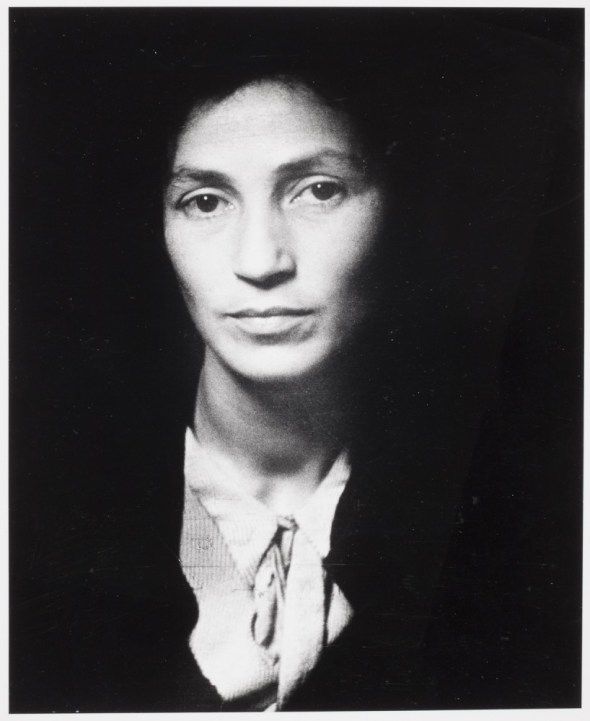Julia Diament Pirotte (1908 –2000)
Polish-born Belgian Photographer
Julia Diament Pirotte was born in Końskowola, Poland, in 1908. She emigrated to Brussels in 1934 where she married labour activist Jean Pirotte and began to study photography.
She was given a Leica Elmar 3 camera by her photojournalism teacher Suzanne Spaak, who had read some of Julia’s articles in Femme magazine. Suzanne was shot by the Nazis in 1944 for hiding Jewish children and encouraging refugees to flee Vichy, France.
In May 1940, after the German occupation of Belgium and the deportation of her husband, Julia fled to Marseille, where she worked in a factory, joined the resistance and secretly documented life under the Vichy Regime.
She lived near a photography shop, where she was able to obtain film and materials, and she developed her photographs at a friend’s house. She scraped a precarious living selling beachside photos although street photography was forbidden by the occupation.
In 1942, Julia accepted a position as a photojournalist with the French weekly newspaper Dimanche Illustré, which protected her from arrest or deportation. Although she was known for her photographs of celebrities visiting Marseilles, like Edith Piaf, she also photographed the activities of the resistance in the summer of 1944 and the liberation of Marseille while acting as a courier for weapons, false papers and underground publications.
In her own words; “I wanted to leave a little bit of history—what is war, what is occupation, what is Nazism. And my camera helped me in this.”
After the war, Julia returned to Poland and worked as a photojournalist for the periodical Zolnierz Polski. During that period she covered the aftermath of the Kielce Pogrom of 4th July 1946. In later years, Julia traveled to the US, where, in 1984, the International Center of Photography in New York hosted an exhibition of her work. Her work is held in archives in Israel, Poland and the US.
By Paula Vellet
1st Jan 1908 – 25th July 2000













